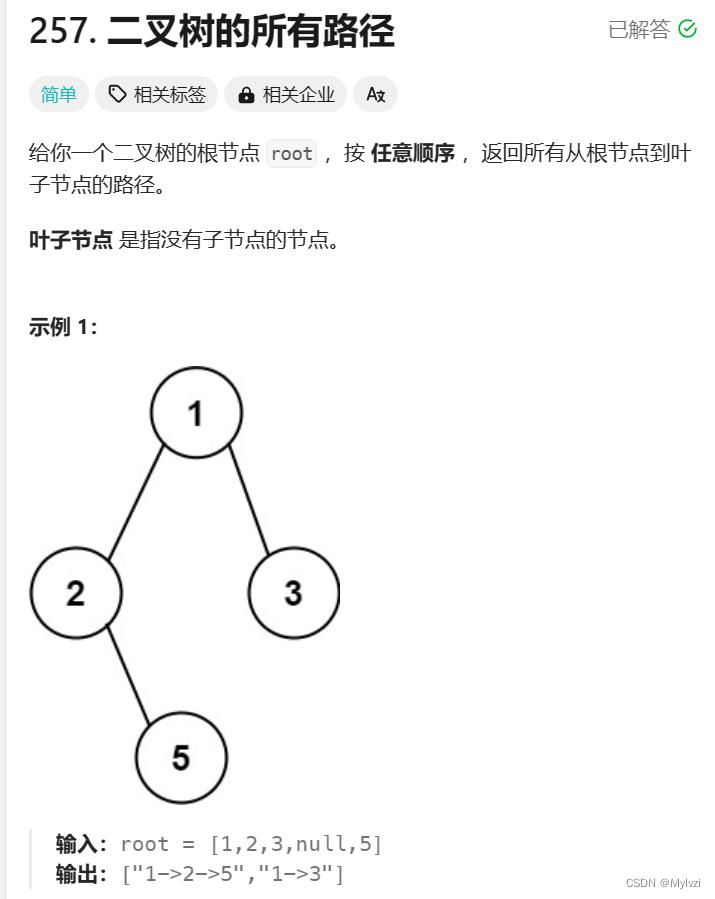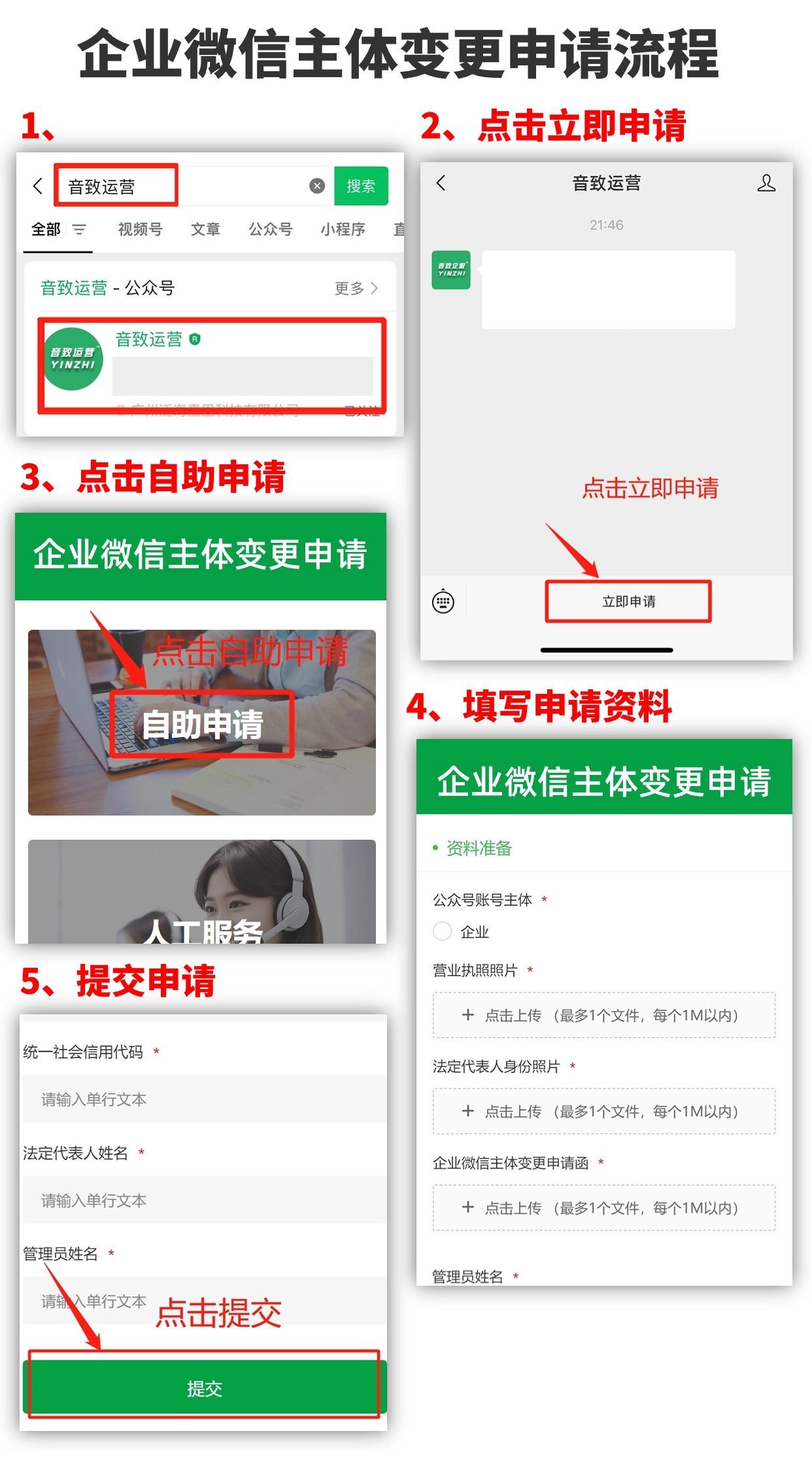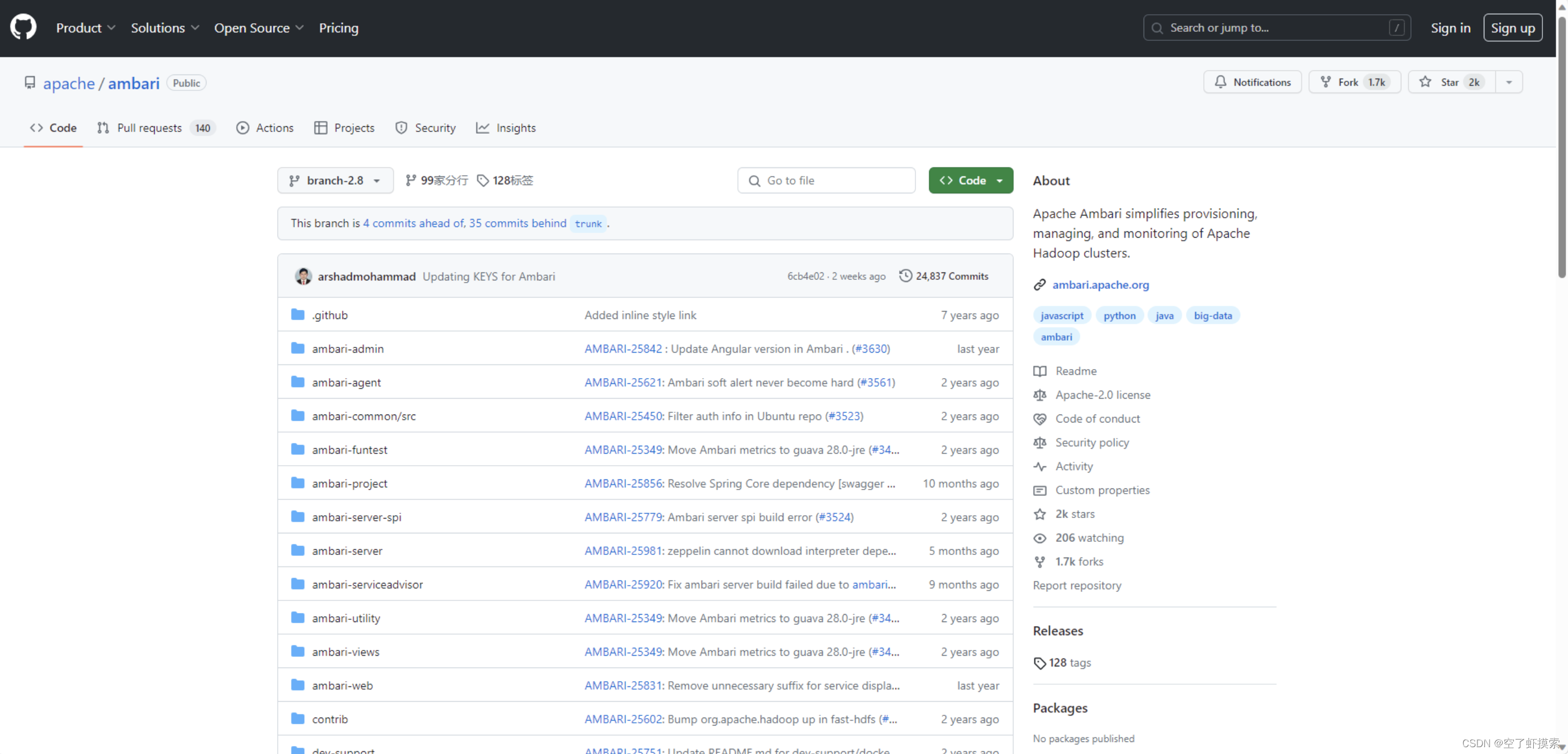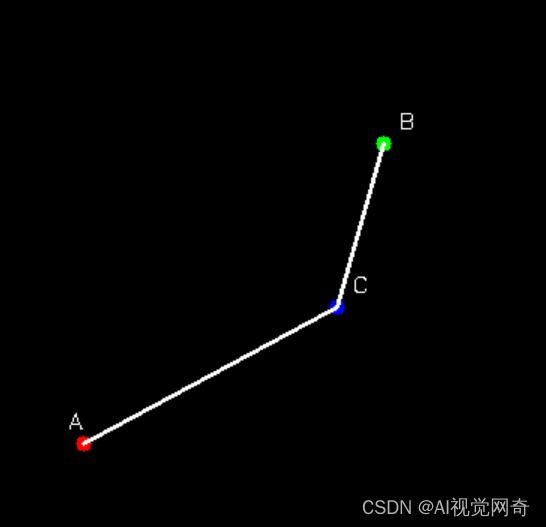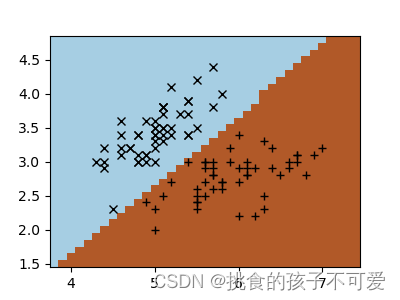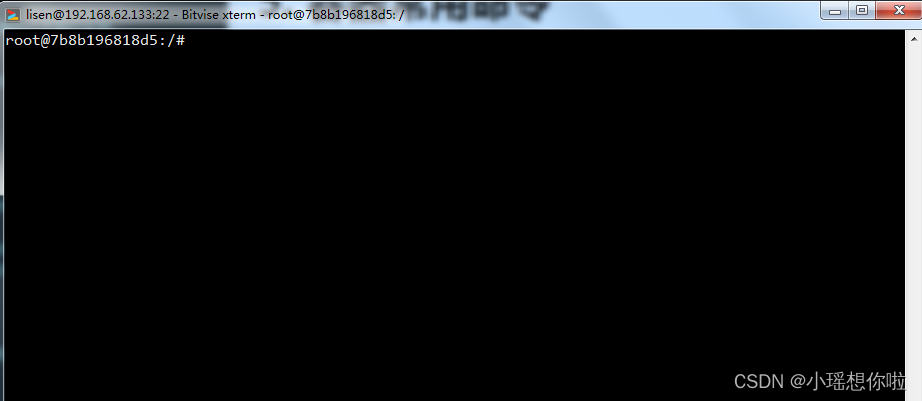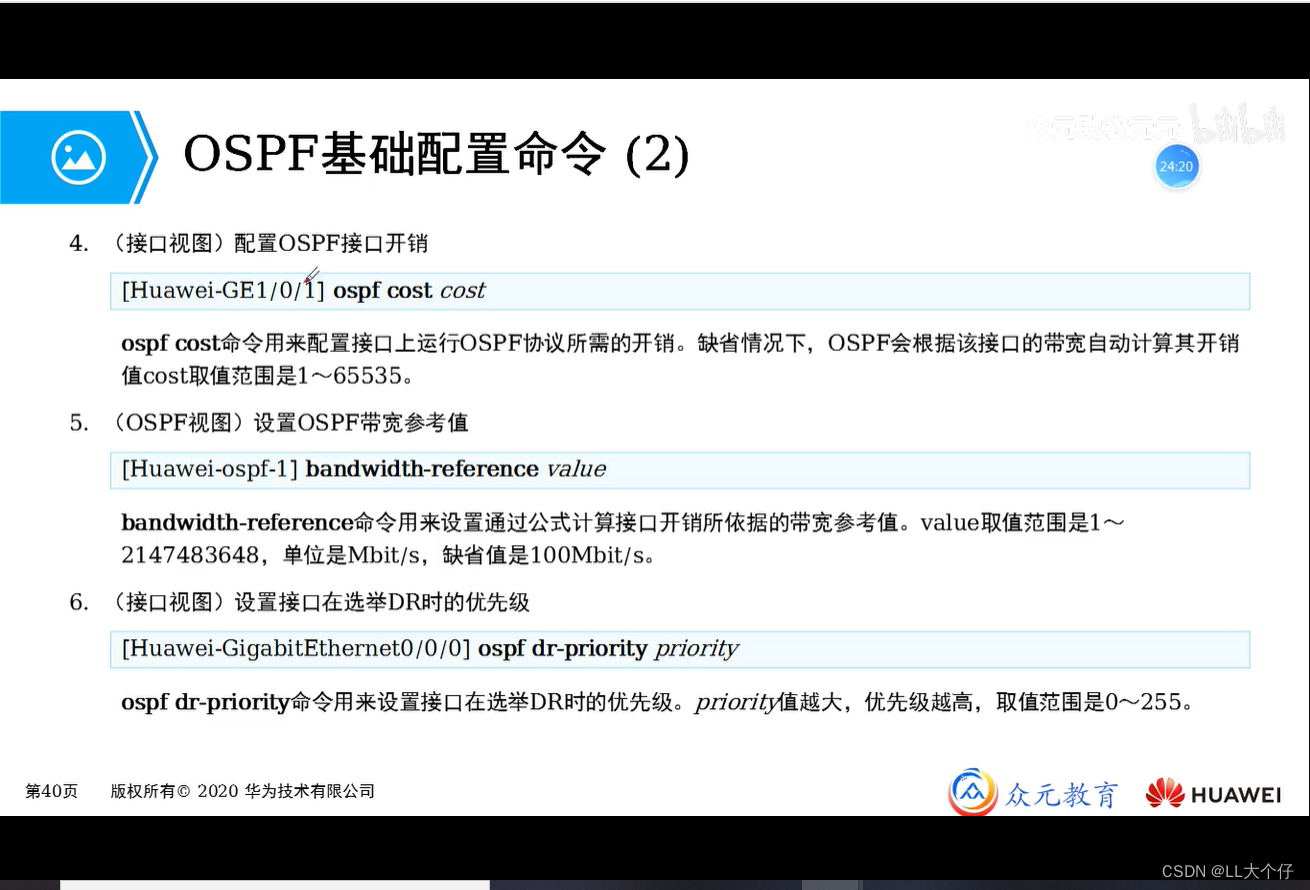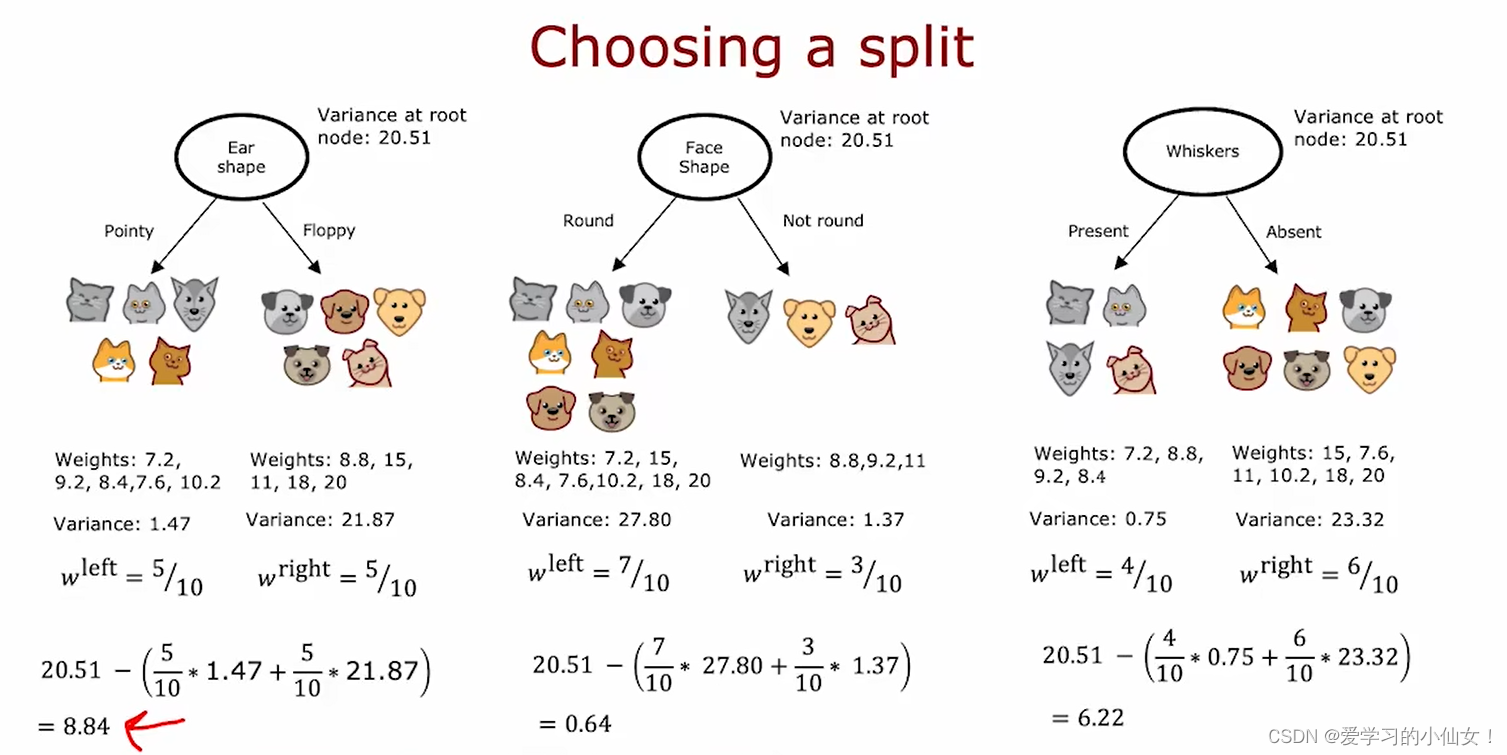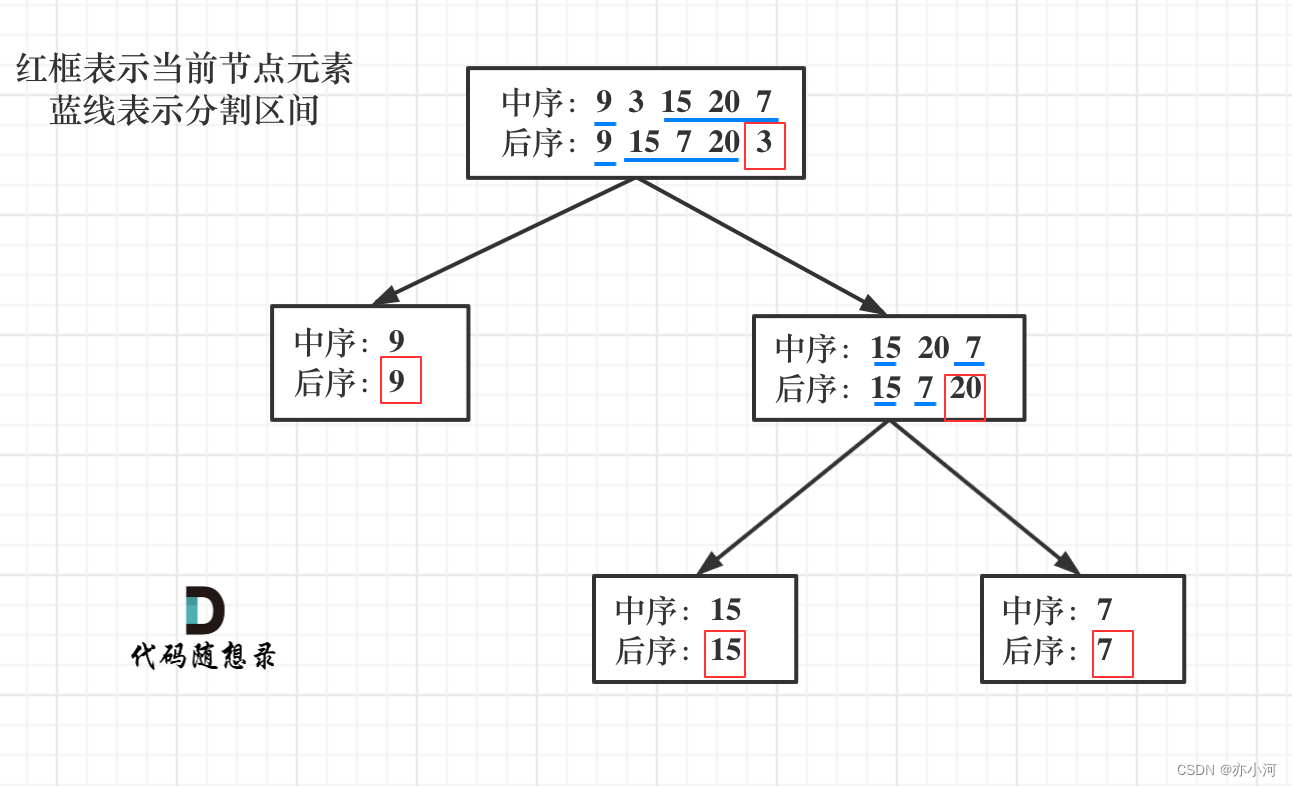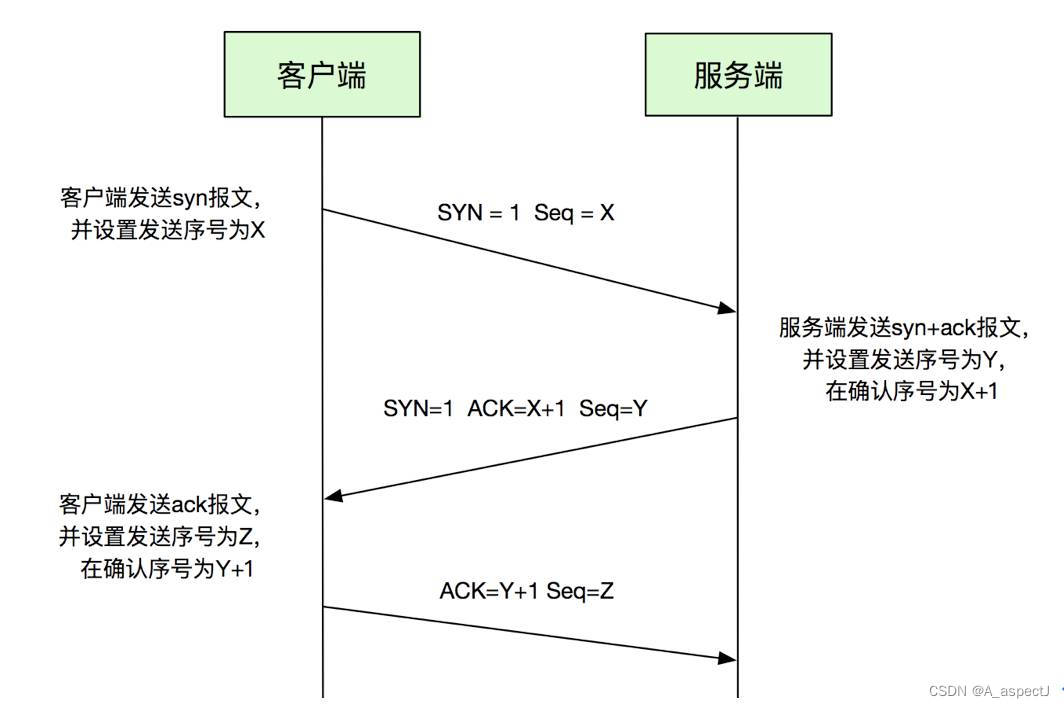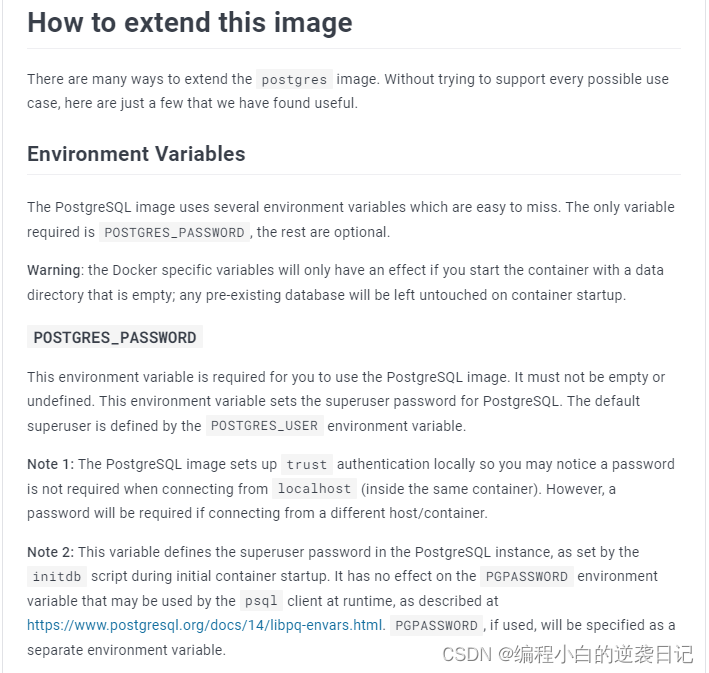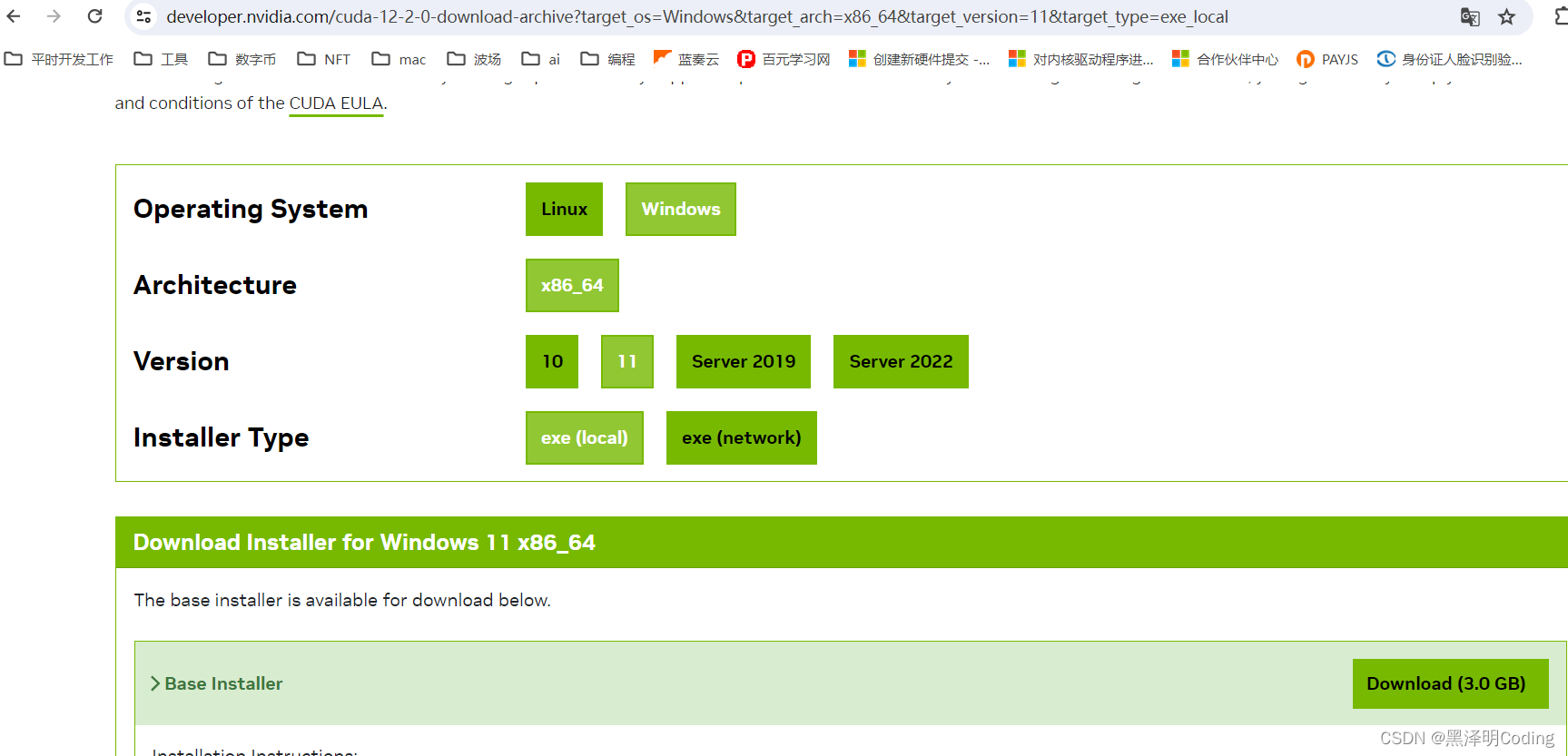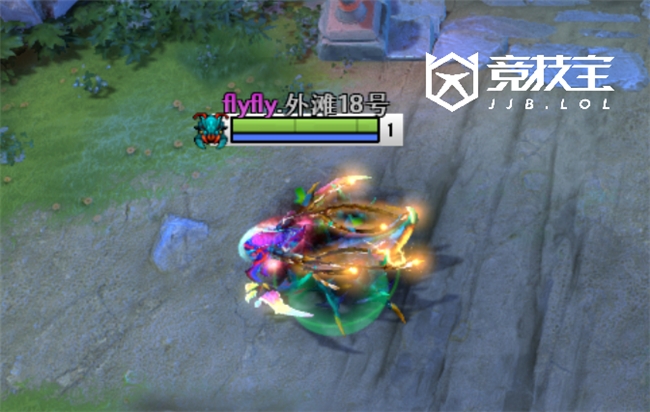早晨到现在刚刚完成的功能:发送字节,发送数组,发送字符串,发送数字,实现printf功能。
当然这是建立在昨天学习使用串口发送数据的基础上,新建立的功能函数,咱们先来看看这次实验的结果吧:
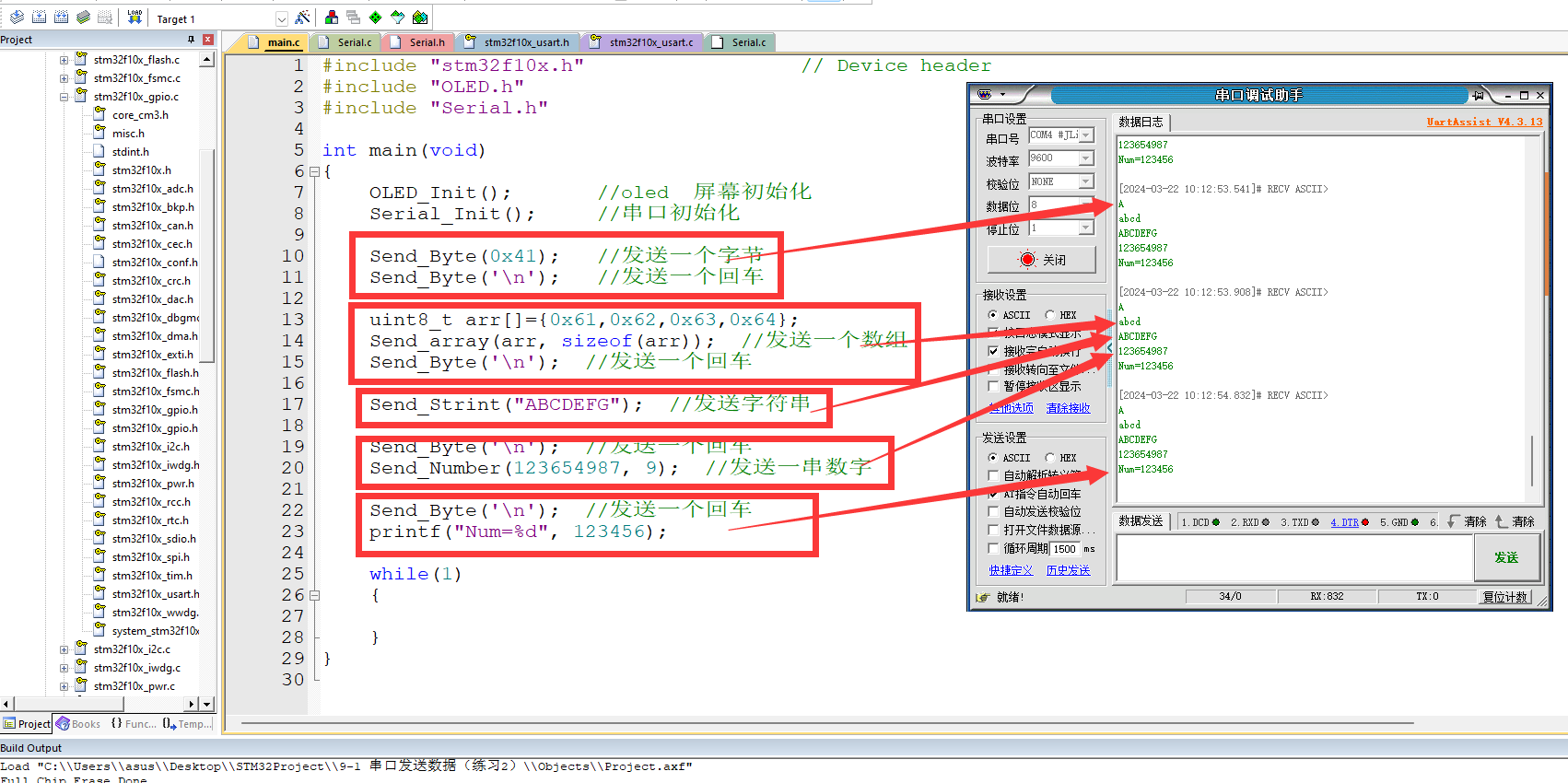
都是通过串口发送到电脑端的数据,废话不多说了,自己看上篇文章再看这篇,就差不多理解了,不理解就从头开始看吧,每节的代码敲10遍就理解了,我这都敲了5遍了才勉强记住,我们不是神,我们只是一个熟练工,塌下心来不停地敲代码,总有一天会明白的,坚持就是胜利。
下面是serial.c文件:
#include "stm32f10x.h" // Device header
#include <stdio.h>
void Serial_Init(void)
{
//1:RCC
RCC_APB2PeriphClockCmd(RCC_APB2Periph_GPIOA, ENABLE);
RCC_APB2PeriphClockCmd(RCC_APB2Periph_USART1, ENABLE);
//2:GPIO_Init
GPIO_InitTypeDef GPIO_InitStruct;
GPIO_InitStruct.GPIO_Mode = GPIO_Mode_AF_PP;
GPIO_InitStruct.GPIO_Pin = GPIO_Pin_9;
GPIO_InitStruct.GPIO_Speed = GPIO_Speed_50MHz;
GPIO_Init(GPIOA, &GPIO_InitStruct);
//3:USART_Init
USART_InitTypeDef USART_InitStruct;
USART_InitStruct.USART_BaudRate = 9600;
USART_InitStruct.USART_HardwareFlowControl = USART_HardwareFlowControl_None;
USART_InitStruct.USART_Mode = USART_Mode_Tx;
USART_InitStruct.USART_Parity = USART_Parity_No;
USART_InitStruct.USART_StopBits = USART_StopBits_1;
USART_InitStruct.USART_WordLength = USART_WordLength_8b;
USART_Init(USART1, &USART_InitStruct);
//4:USART_Cmd
USART_Cmd(USART1, ENABLE);
}
//发送一个字节
void Send_Byte(uint8_t Dat)
{
USART_SendData(USART1, Dat);
while(USART_GetFlagStatus(USART1, USART_FLAG_TXE) == RESET);
}
//发送一个数组
void Send_array(uint8_t *arr, uint8_t len)
{
uint8_t i=0;
for(i=0; i<len; i++)
{
Send_Byte(arr[i]);
}
}
//发送一个字符串
void Send_Strint(char *str)
{
while(*str != 0) //只要解引用str不是0
{
Send_Byte(*str); //发送解引用str
str++; //地址加加
}
}
//求一个数的几次方
uint32_t CiFang(uint32_t dat, uint8_t num) //比如要求2的3次方
{
uint32_t result =1;
while(num) // num=3 每次减1 运行3次条件不满足
{
result *=dat; // 1: 1*2=2 2:2*2=4 3:4*2=8
num--; // 1:num=2 2:num=1 3:num=0
}
return result; //返回结果8
}
//发送一个数字(参数1:要发送的数字, 参数2:这个数字的位数)
void Send_Number(uint32_t Number, uint8_t len) //123456 6
{
uint8_t i=0;
for(i=0; i<len; i++) // i=0
{
Send_Byte(Number/CiFang(10,(len-i-1)) % 10 + '0'); //
}
}
//从写printf函数
int fputc(int ch, FILE *f)
{
Send_Byte(ch); //将printf的底层重定向到自己的发送字节函数
return ch;
}
下面是serial.h文件:
#ifndef __SERIAL_H
#define __SERIAL_H
#include<stdio.h>
void Serial_Init(void);
void Send_Byte(uint8_t Dat);
void Send_array(uint8_t *arr, uint8_t len);
void Send_Strint(char *str);
void Send_Number(uint32_t Number, uint8_t len);
#endif
下面就是主函数main.c文件了:
#include "stm32f10x.h" // Device header
#include "OLED.h"
#include "Serial.h"
int main(void)
{
OLED_Init(); //oled 屏幕初始化
Serial_Init(); //串口初始化
Send_Byte(0x41); //发送一个字节
Send_Byte('\n'); //发送一个回车
uint8_t arr[]={0x61,0x62,0x63,0x64};
Send_array(arr, sizeof(arr)); //发送一个数组
Send_Byte('\n'); //发送一个回车
Send_Strint("ABCDEFG"); //发送字符串
Send_Byte('\n'); //发送一个回车
Send_Number(123654987, 9); //发送一串数字
Send_Byte('\n'); //发送一个回车
printf("Num=%d", 123456);
while(1)
{
}
}
就这样编译后下载到STM32中,每次按下复位键,电脑的串口助手都能收到单片机发来的数据。


